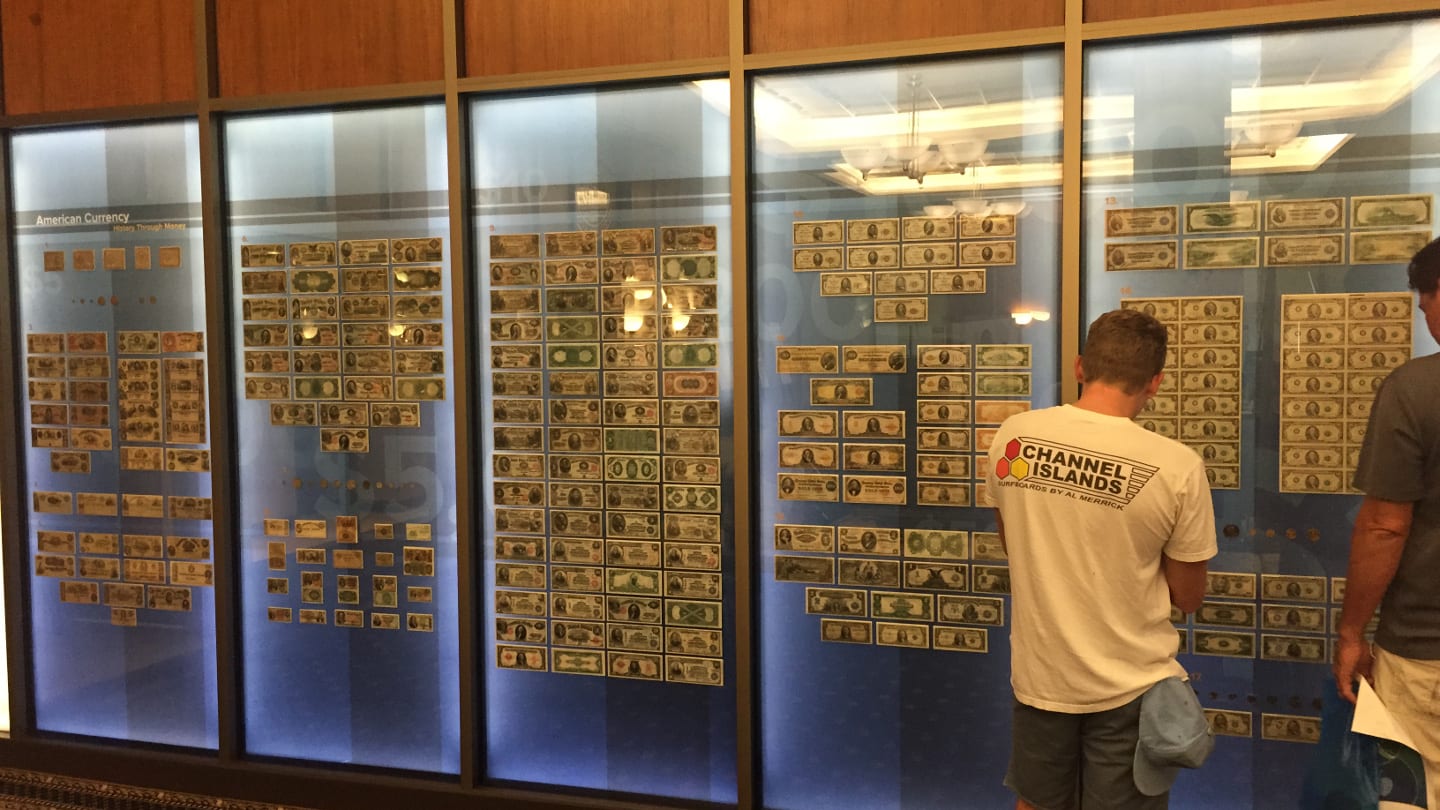

Gold and nuggets brought there by miners from the surrounding area were accepted by the Assay Office for melting, assaying, and stamping of cast gold bars. : 77 One reason given by the Director of the Mint for the lack of coinage at Denver was, "…the hostility of the Indian tribes along the routes, doubtless instigated by rebel emissaries (there being a Civil War) and bad white men." Unlike Clark, Gruber and Company, though, the Denver plant performed no coinage of gold as first intended. Operations began in the facilities of Clark, Gruber and Company, located at 16th and Market Streets and acquired by the government for $25,000, which it was simply able to print off at the location. : 27 Act of Congress 1862 The Denver Mint in a May 1972 photographĮstablished by an Act of Congress on April 21, 1862, the United States Mint at Denver opened for business in late 1863 as a United States Assay Office.

remained a bank until bought by the First National Bank of Denver in 1865. The building, assaying and minting equipment was formally bought by the US Treasury in April 1863. Additionally, they purchased 77,000 troy ounces of raw gold, and shipped "large amounts of dust" to the Philadelphia Mint. In the almost three years of operation, they minted $594,305 worth of Pike's Peak gold in the form of gold coins. "Pikes's Peak Gold, Denver" was on the other side, with "5D." or "2 1/2 D." : 27

On the front was the "head of the Goddess of Liberty surrounded by thirteen stars, with "Clark & Company" in the tiara. A $5 and a $2.5 gold coin were added, with production reaching $18,000 per week. On the reverse is the American Eagle encircled by the name of the firm 'Clark, Gruber & Co.', and beneath the date, '1860'." : 26–27Ī $20 gold coin was added, "the weight will be greater, but the value the same as the United States coin of like denomination". Immediately under its base is the word 'Denver', and beneath it 'Ten D.'. "On the face is a representation of the peak, its base surrounded by a forest of timber and 'Pikes Peak Gold' encircling the summit. On 25 July 1860, the mint opened in a two-story brick building on the corner of Market and 16th Streets, minting $10 gold pieces at the rate of "fifteen or twenty coins a minute". Desiring to save on shipping and insurance costs associated with shipping gold back east, the firm opened a private mint. Clark and Emanuel Henry Gruber founded a brokerage firm in Leavenworth, Kansas, and then established an office in Denver at the beginning of the Colorado Gold Rush. During the Pikes Peak Gold Rush, they coined gold dust brought from the gold fields by the miners. The predecessors of the Denver Mint were the men of Clark, Gruber and Company. Clark, Gruber & Company gold coins on display at the History Colorado Center-a pair of $10 coins at left, and $20 coins at right, also known as eagles and double eagles, respectively The Denver Mint is the single largest producer of coins in the world. Coins produced at the Denver Mint bear a D mint mark (as did the Dahlonega Mint, which closed before the Denver branch opened). The mint is still operating and producing coins for circulation, as well as mint sets and commemorative coins. The Denver Mint is a branch of the United States Mint that struck its first coins on February 1, 1906.


 0 kommentar(er)
0 kommentar(er)
